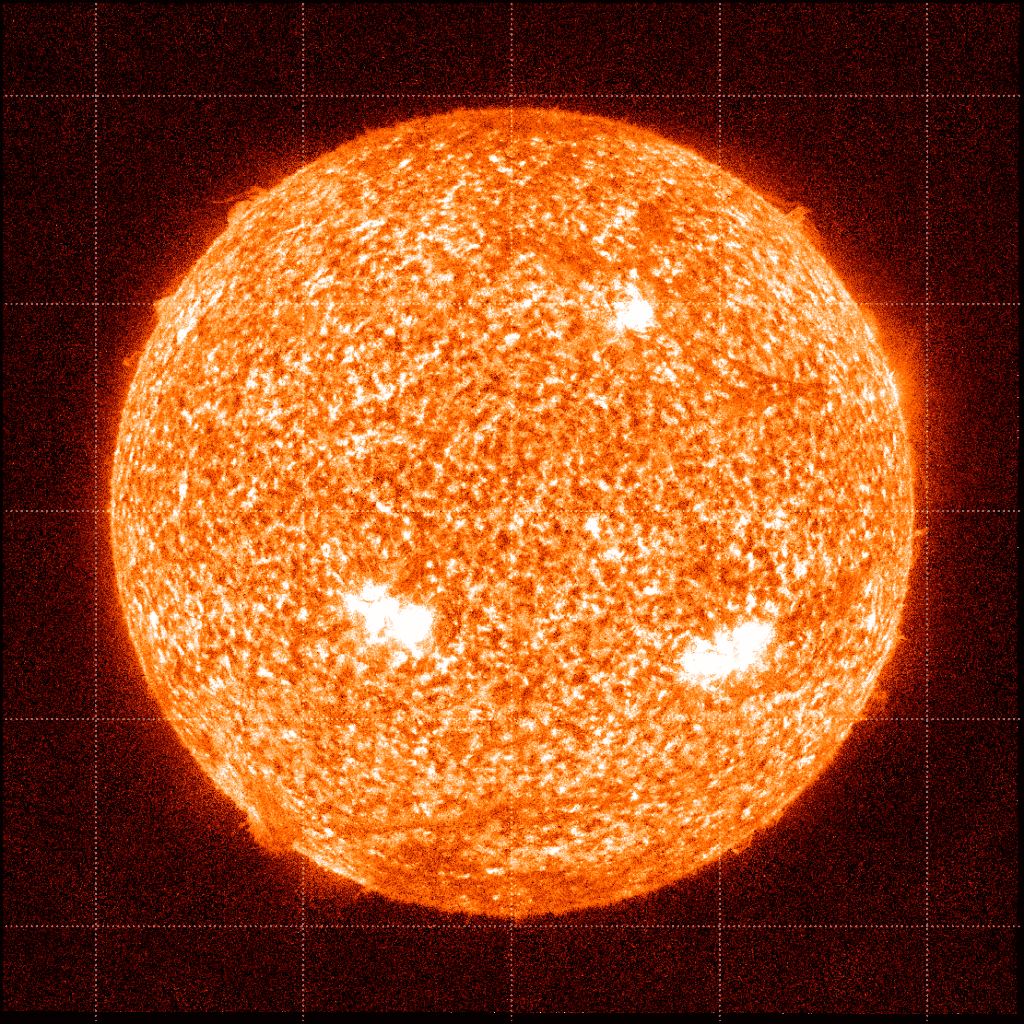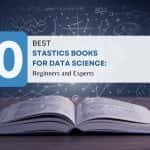Data Science in Space Technology: With technological advancement and large volumes of data accumulating in different organizations and businesses, Data Science has become crucial. If businesses realize the importance of Data Science, can you imagine how it is advancing even in the field of astronomy?
Space has infinite celestial objects that are waiting to be discovered and seen by the world and with technological advancements, the future in astronomy seems brighter. With the exponential use of technological tools and fast-blazing Data Science tools powered by Artificial Intelligence and Machine Learning, astronomers can finally make perfect use of their skills.
Astronomers now will be able to make perfect sense of the astronomical events that are close to the Earth and those that are far away. While we all know how extremely complex these events might be, astronomers will have the capability to deal with these events effectively. Thus, the future will find AI in space exploration as one of the most crucial prospects in the field of astronomy.
Thus, the future will find AI in space exploration as one of the most crucial prospects in the field of astronomy. The following blog will focus on Data Science in Space Exploration emphasizing Data Science’s advancements in space technology, understanding the sun, astronomical Data Science using crowdsourcing, and exploring Mars.
Data Science in Space Technology
Astronomy has become immensely Data-driven and does what it says. Data-driven astronomy can create astronomical knowledge, based on archived datasets, which may or may not be directly relevant to the research that you have at hand.
One of the greatest accomplishments in the history of astronomy has been the classification of 900,000 images that were obtained from the Sloan Digital Sky Survey. Astrophysicists were able to determine over a period of four years whether the galaxies were elliptical or spiral and whether they were spinning.
This task was part of the Galaxy Zoo project that took place in 2007. However, human-based analysis was nearly impossible because of the enormous amount of data involved. With the help of new models of Data Science, developed by experts, it will be possible for large empirical and simulation datasets.
Data from solar missions, exoplanet surveys, sky surveys at various wavelengths, gravitational detectors of waves, and large-scale astronomical simulations are all part of these datasets. These datasets allow astronomers to achieve their significant goals of research by working together.
Understanding the Sun through Data Science
We all know that the greatest source of potential energy for our planet is that of the sun which can not only be used for solar power but also for natural instances of fusion energy. Effectively, as a means to promote sustainability and the use of clean energy, solar energy is the driving force for maintaining ecological balance.
However, while scientists may have large volumes of information with them, their accessibility is highly limited. For instance, if they have to understand the horizontal motion of solar plasma, that is much more difficult for them to observe in comparison to the sun’s temperature. Hence, many of the sun’s mysteries remain unresolved.
In order to address the issue, scientists from all over the world including US and Japan constructed a neural network model for analyzing data from various simulations of plasma turbulence. After training the neural network it was possible to infer the horizontal motion using only the temperature and vertical motion as reference to the event.
Using Astronomical Data Science through Crowdsourcing
The role of Data Science in the Space Industry is highly effective even in the case of crowdsourcing. Crowdsourcing is the process of using thousands of “citizen scientists” to combine their efforts for mapping the skies and analyzing the data on a massive level.
Data Science in Space technology has enabled even the experts from NASA to find at least five exoplanets. The Exoplanet Explorers project found these exoplanets by making use of information that they gathered from the NASA Kepler space telescope.
The discovery was considered to be a multi-planet system that came from crowdsourcing data analysis efforts. Initial research conducted by the experts indicated having four planets while later data analysis revealed that there is a fifth planet as well.
With the help of this research, the crowdsourcing project brought around 1400 volunteers.
Further, more students and researchers are conducting data analysis for viewing and analyzing as developments keep taking place over time.
The method can be identified to have immensely broad applications for solar astronomy while also its impact in other sectors like plasma physics, fusion research studies, and fluid dynamics is also effective. The same method will also be used in conducting high-resolution solar observations with the help of the new SUNRISE-3 balloon telescope.
Exploring Mars through Data Science in Astronomy
Future robotic missions are planned to collect samples from the planet’s surface in the near future as part of the long-running hunt for evidence of life on Mars. These missions will examine Martian sand samples using mass spectrometry to look for any signs of earlier life. NASA is looking for novel methods for quick analysis due to the enormous volume of data that needs to be analyzed.
The “Mars Spectrometry: Detect Evidence for Past Life challenge,” which offers a $30,000 prize for the most creative analytical approach, was developed by NASA in partnership with the world’s largest crowdsourcing company HeroX, and data science provider DrivenData to address this topic.
The objective is to use machine learning techniques to automate the chemical analysis procedure and speed up the drawing of important results. Large-scale datasets can be processed using machine learning, which can also create new analytical models.
To assist in the analysis and interpretation of data gathered from both in-situ samples and laboratory instruments throughout the missions, each contender will be charged with creating their own machine-learning models. Future Mars missions will advance more quickly as a result of this challenge, which is also projected to increase the effectiveness of data analysis.
Conclusion
In conclusion, the above blog is a detailed research on my understanding of the importance of Data Science and the efficacy of Data Science within the field of astronomy. Astronomers have to undergo numerous volumes of data and conduct data analysis by creating their own ML models.
With the help of Data Science in space exploration, astronomers are more curious to know about the sun and Mars and about any other celestial planet. This is only possible when the volumes of datasets are carefully analyzed.
If you want to undertake Data Science courses as part of your career choice and endure the field of astronomy, you need to apply for the Data Science Job Guarantee Program by Pickl.AI. The course will allow you to not just learn from recorded videos but also practice on your own for hands-on experiences.











